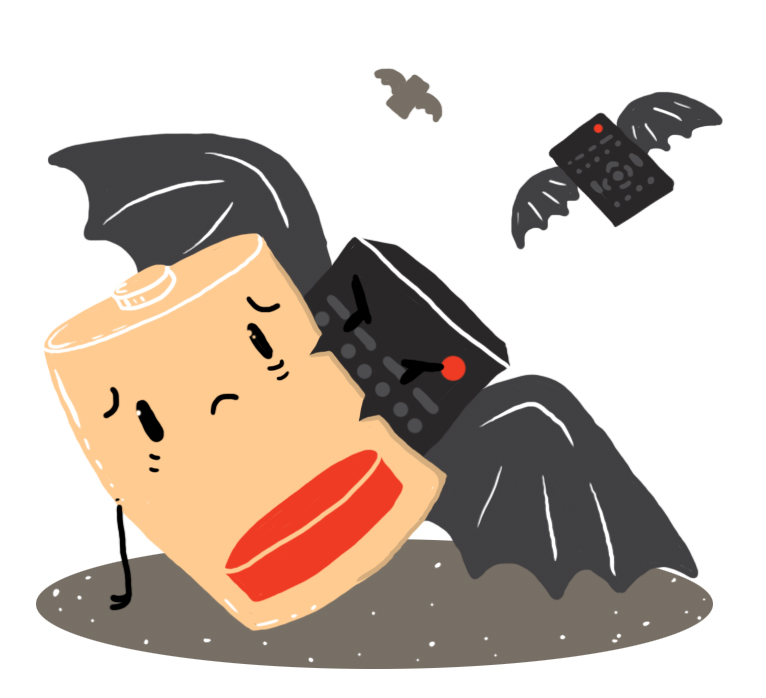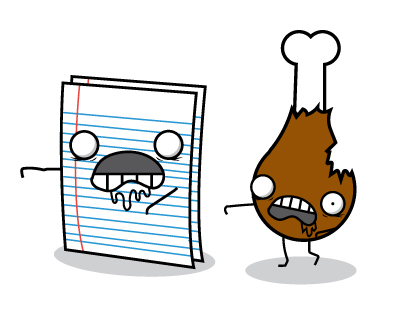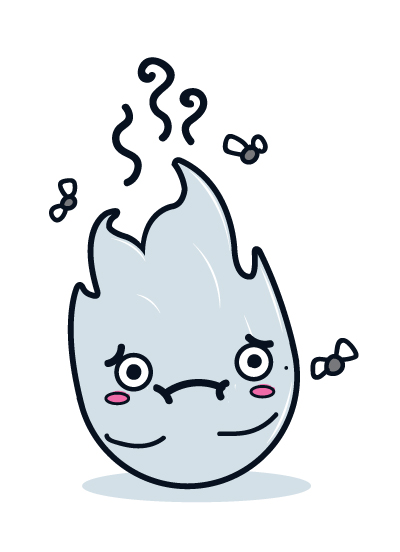October is upon us and besides a ghoulish good time of All Hallows’ Eve, it is also Energy Awareness Month. Here are 10 tricky energy myths you may find shocking!
Myth #1: Energy Efficiency is the same as Energy Conservation.
False. Energy efficiency is the use of technology that requires less energy to perform the same function. Energy conservation is any behavior that results in the use of less energy. A light emitting diode (LED) bulb that uses less energy than an incandescent light bulb to produce the same amount of light is an example of energy efficiency. The decision to replace an incandescent light bulb with a LED is an example of energy conservation.

Myth #2: As long as your appliance or device is turned off, it will not use energy.
False. Phantom load (or vampire load) is the term given to an appliance or device that is plugged into an outlet, but still consumes energy when turned off. Appliances or electronics with digital displays or chargers are examples of devices that continue to suck energy when plugged into an outlet. Use a Kill-A-Watt® meter to measure “in use” and “standby power” to see if your appliances/devices are energy vampires and the reason for your scary electric bills. If so, be sure to unplug them after each use.
MYTH #3: Leave the fan on to keep your home cool when away.
False. Fans circulate the air, but do not actually cool the air of the room. Fans are beneficial if you were to sit in front of one, but leaving a fan on when not in the room wastes energy.

Myth #4: Plastic makes up most of the trash we throw away in the U.S.
False. Paper is the #1 material that we throw away. While we throw more paper away than any other item, more food waste and plastics make their way to landfills, however, because they may be harder to recycle in certain areas. In 2018, paper made up 23.05% and plastics made up 12.20% of the total generation of municipal solid waste (MSW). The total MSW recycled was more than 69 million tons, with paper and paperboard accounting for approximately 67 percent, metals about 13 percent, while glass, plastic and wood made up between 4 and 5 percent (EPA).
MYTH #5: The majority of imported oil to the U.S. comes from the Middle East.
False. Canada provides the largest percentage of imported oil to the United States.

Myth #6: Natural Gas smells like rotten eggs.
False (mostly). Natural gas is actually colorless and odorless in its natural form. The natural gas company puts a special chemical odorant in natural gas called mercaptan. It smells similar to rotten eggs to make it more obvious that natural gas is present or if there is a gas leak.
MYTH #7: Closing vents in unused rooms saves energy.
False. The air conditioner or heater is going to produce the same amount of air regardless of how many vents are closed. Closing the vent restricts air flow and the excess air is displaced through other vents in your home. However, the added pressure of this can create problems on the performance of your system in the long run.

MYTH #8: West coast states generate more solar energy than east coast states.
False. While California is the largest generator of U.S. solar energy, North Carolina ranks 3rd in the U.S. for top solar states (net generation) and New Jersey, New York, and Massachusetts are among the leading states for small-scale solar capacity despite having less favorable solar resources (EIA).
MYTH #9: Energy is created and it can be destroyed.
False. The Law of Conservation of Energy states that energy cannot be created or destroyed, it can only change form or be transferred.
Myth #10: Energy can only occur with movement.
False. When an object is not moving, it has stored energy known as potential energy. Kinetic energy is energy in motion.
